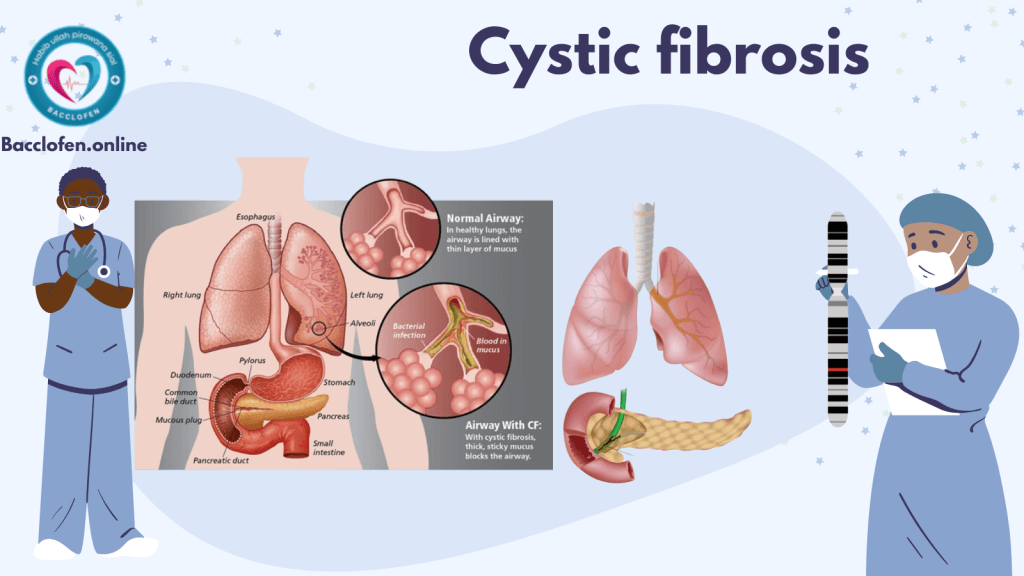A stroke is a serious medical condition that occurs when blood flow to a part of the brain is interrupted or significantly reduced, depriving brain tissue of essential oxygen and nutrients. This interruption leads to the death of brain cells within minutes, making a stroke a life-threatening emergency. Quick diagnosis and treatment are critical to minimizing brain damage and improving recovery outcomes.
This article provides an in-depth overview of stroke, exploring its causes, symptoms, prevention strategies, diagnosis methods, and treatment options.
Types of Stroke
- Ischemic Stroke
- The most common type, accounting for about 87% of all strokes.
- Caused by a blockage or narrowing of the arteries supplying blood to the brain, often due to blood clots or fatty deposits (atherosclerosis).
- Hemorrhagic Stroke
- Occurs when a blood vessel in the brain bursts, leading to bleeding in or around the brain.
- Common causes include high blood pressure, aneurysms, or head injuries.
- Transient Ischemic Attack (TIA)
- Often called a “mini-stroke,” TIA is a temporary period of symptoms similar to a stroke.
- Caused by a temporary decrease in blood supply to the brain and doesn’t result in permanent damage.
- Cryptogenic Stroke
- A stroke with no clear underlying cause despite testing.
- Brain Stem Stroke
- Affects the brain stem, which can impact both sides of the body and result in severe disabilities or even death.
Causes of Stroke
Strokes occur due to disruptions in blood flow to the brain. The underlying causes depend on the type of stroke:
1. Ischemic Stroke Causes
- Atherosclerosis: Narrowing of the arteries due to fatty deposits.
- Blood Clots: Often form in the heart and travel to the brain (embolism).
2. Hemorrhagic Stroke Causes
- Hypertension: Chronic high blood pressure weakens blood vessels.
- Aneurysms: Bulging weak areas in blood vessels that can rupture.
- Arteriovenous Malformations (AVMs): Abnormal connections between arteries and veins.
3. Other Risk Factors
- Heart conditions such as atrial fibrillation.
- Lifestyle factors like smoking, excessive alcohol consumption, and obesity.
- Genetic predisposition or family history of stroke.

Symptoms of Stroke
Recognizing the signs of a stroke is critical for seeking timely medical help. The symptoms often appear suddenly and may include:
Common Stroke Symptoms
- Sudden Numbness or Weakness: Particularly on one side of the body, affecting the face, arm, or leg.
- Difficulty Speaking or Understanding Speech: Slurred speech or confusion.
- Vision Problems: Sudden blurred or double vision in one or both eyes.
- Severe Headache: Especially with no apparent cause, often indicative of a hemorrhagic stroke.
- Loss of Coordination or Balance: Difficulty walking, dizziness, or loss of motor control.
Recognizing Stroke Using the FAST Acronym
- F – Face: Is one side of the face drooping?
- A – Arms: Can the person raise both arms, or is one arm weak?
- S – Speech: Is speech slurred or strange?
- T – Time: If you observe any of these signs, call emergency services immediately.
Complications of Stroke
A stroke can result in long-term complications, depending on the area of the brain affected:
- Paralysis or Loss of Muscle Movement: Often on one side of the body.
- Speech and Language Difficulties: Including aphasia or dysarthria.
- Cognitive Impairments: Memory loss, difficulty concentrating, or decision-making challenges.
- Emotional Problems: Depression, anxiety, or mood swings.
- Pain or Numbness: Persistent discomfort in affected areas.
Prevention of Stroke
1. Manage Chronic Conditions
- Control Blood Pressure: Regular monitoring and medications if necessary.
- Treat Diabetes: Maintain blood sugar levels through diet, exercise, and medication.
- Manage Heart Health: Treat atrial fibrillation or other cardiac conditions.
2. Adopt a Healthy Lifestyle
- Quit Smoking: Smoking damages blood vessels and increases clot formation.
- Healthy Diet: Focus on fruits, vegetables, whole grains, and lean proteins.
- Exercise Regularly: At least 30 minutes of moderate physical activity most days.
3. Limit Alcohol Consumption
- Excessive drinking increases the risk of high blood pressure and hemorrhagic stroke.
4. Medication
- Take anticoagulants or antiplatelet drugs as prescribed to prevent blood clots.
Diagnosis of Stroke
1. Physical Examination
- Assessing neurological function, muscle strength, reflexes, and coordination.
2. Imaging Tests
- CT Scan: Quickly identifies bleeding or ischemic damage.
- MRI: Provides detailed images of brain tissue to detect areas affected by stroke.
3. Blood Tests
- Determine cholesterol levels, blood sugar, and clotting ability.
4. Other Tests
- Carotid Ultrasound: Checks for blockages in neck arteries.
- Echocardiogram: Detects heart abnormalities that may lead to clots.
Treatment of Stroke
Treatment varies depending on the type of stroke:
1. Ischemic Stroke Treatment
- Clot-Busting Medications: Tissue plasminogen activator (tPA) dissolves clots if administered within 4.5 hours of symptom onset.
- Mechanical Thrombectomy: Removal of clots using a catheter in larger blockages.
- Antiplatelet and Anticoagulant Therapy: Prevent future clots.
2. Hemorrhagic Stroke Treatment
- Emergency Surgery: To repair ruptured blood vessels or reduce pressure in the brain.
- Blood Pressure Management: Prevent further bleeding.
3. Rehabilitation
- Physical Therapy: Regain muscle strength and mobility.
- Speech Therapy: Help with language and communication difficulties.
- Occupational Therapy: Relearn daily tasks and improve independence.
Living with Stroke
Stroke survivors often face significant challenges, but with proper support and rehabilitation, many regain independence:
1. Emotional Support
- Counseling and support groups for coping with emotional changes.
2. Lifestyle Adjustments
- Adopting a heart-healthy diet and regular exercise routine.
- Regular follow-ups with healthcare providers to monitor recovery and prevent recurrence.
3. Assistive Devices
- Mobility aids like canes or wheelchairs to enhance independence.
Research and Future Directions
Ongoing research focuses on improving stroke prevention and treatment:
- Stem Cell Therapy: Exploring its potential to repair damaged brain tissue.
- Advanced Clot Retrieval Devices: Enhancing outcomes in ischemic stroke.
- Biomarkers for Early Detection: Identifying strokes earlier for prompt treatment.



Pingback: Breast Cancer: Causes, Symptoms, Prevention and Treatment - Bacclofen